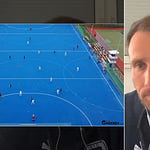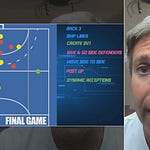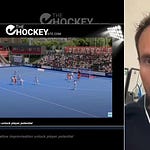In contemporary (international) hockey, the margin between victory and defeat often hinges on the outcome of penalty corners. With defenses more organized and first runners more effective than ever, simply relying on raw drag flick power is no longer sufficient. Enter Fede Tanuscio—a regular expert within the coaching masterclass circuit, well known for his evidence-led, innovative approach to penalty corner attack systems (PCA).
In this masterclass, Fede takes experienced coaches on a thorough journey through the evolving world of PCA. He explores tactical trends from recent Olympics and World Cups, delves into technical components, shares granular video analysis, and offers actionable frameworks for improving team conversion rates. The presentation culminates in an audience Q&A with practical coaching implications. Below, you’ll find a comprehensive summary and analysis tailored for those looking to gain a competitive edge through set piece excellence.
Evolving Penalty Corner Defenses: Why Change is Needed
A recurring theme in Fede’s analysis is how dramatically penalty corner defense has evolved, especially since the Rio Olympics. First runners are now not just fast—they are tactically disciplined and consistently narrowing angles for the drag flicker. Fede notes that successful defensive set ups increasingly split the goal into two clear zones: one dominated by the first runner, and one by the goalkeeper. When run and structured properly, this limits direct scoring chances for shooters, and shrinks the available scoring window.
With defenders clustered closer and better coordinated, traditional drag flicks toward the corners have become less fruitful. Fede’s key insight is that, by first understanding defensive priorities from the inside, coaches can reverse engineer offensive solutions that exploit these now-standard structures.
The Art and Science of the Injection
Pivoting to the offensive, Fede highlights injection as a critical—yet often underestimated—component. The injection sets the tempo for the entire routine. A faster, more precise injection creates greater separation between the track flicker and the first runner, extending the shooter’s window and enhancing the cohesion of the whole routine.
Fede brings data to the discussion, referencing millisecond-level timing differences between Belgium’s elite injectors.














